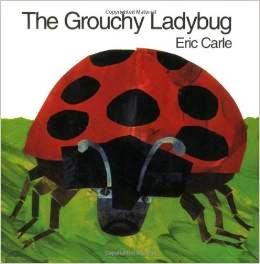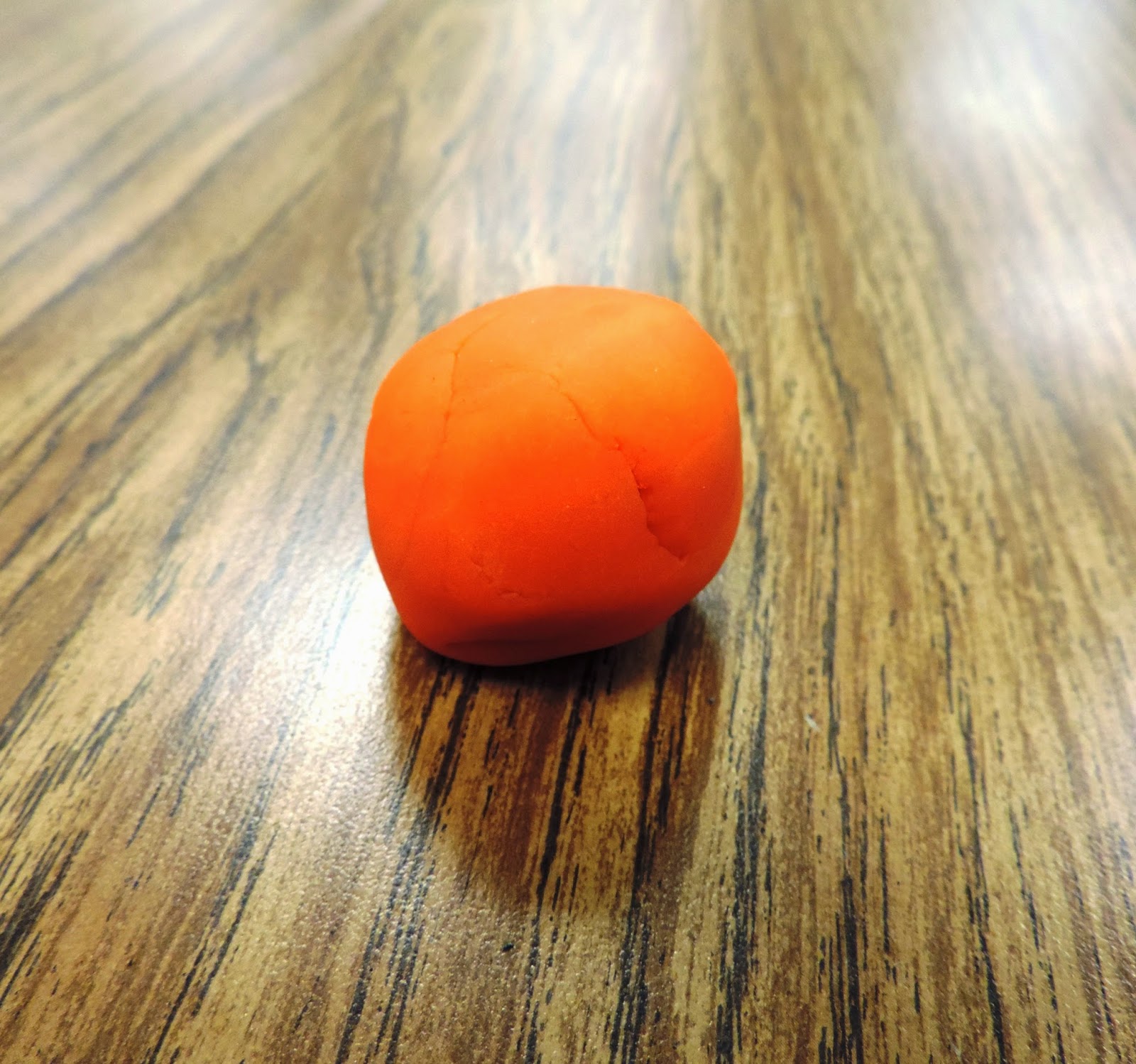My favorite quote from this chapter:
"When learning is active and hands-on, the formation of neural connections is facilitated and information is much more readily remembered than information learned from an abstract viewpoint, where the teacher is doing the work while the student watch (Gregory & Parry, 2006)."
(Source: Worksheets Don't Grow Dendrites by Marcia L. Tate)
For me, reading this chapter was a big "You're doing it! Way to go!" I'm all about hands-on learning.
I just wish I had more cupboards and storage space! (Our building was not originally a school when we bought it.) One way we've tried to alleviate the storage burden is by practicing what we preach - SHARING! One teacher has all of the mini Judy clocks. Another a set of the 3D shape models. We even have a cupboard of math manipulatives to checkout in the teachers lounge. When I don't have a certain manipulative... and I don't want to buy it, I just write a note in my lesson plans about who has what I need.
 |
| These insect collections were borrowed from the high school science department. |
Hands-on learning is engaging. It's important for any grade, but especially the younger grades. They explore using their hands. That's how they make sense of their world.
Here are some examples of Chapter 7 in action....
Fraction Pizza
During our fraction unit, we donned our chef hats and made paper pizzas.
Telling Time
When we read The Grouchy Ladybug by Eric Carle, I give each student their own clock.As I read, they match their clocks to the time on each page of the story.
3D shapes Models
"When students are working with concrete shapes, they are developing the foundation for spatial sense" (Wall & Posamentier, 2006).(Source: Worksheets Don't Grow Dendrites by Marcia L. Tate)
See how we created our own 3D models with play-doh. It's a little tricky, but it's a great way to practice our vocabulary. "Make a sphere, and then roll one end to make a cone."
Building Letters and Words
 |
| Boys love this Word Work station! |
 |
| TIP: Use glossy paper plates to keep the sticky residue off your tables. |
Subtraction Bowling
 |
| Click HERE to get a FREE copy of this recording sheet from Kelly Young. |
Pumpkin Experiments
During our pumpkin unit we measure the circumference of the pumpkin with string before cutting it open and exploring the "guts" inside!
Bones and X-Rays
Insects
Here was our "Bug Lab", where we categorized bugs according to the number of legs they had. |
| In my defense, this should be called a "recording sheet" :) |
We created our own models out of play-doh using what we learned about insect characteristics.
 |
| 6 legs? 3 body parts? Yes, it's an insect! |











Love your idea of using Legos to build words! My students love subtraction bowling! I have used subtraction bowling in the past with students and will be using it soon with my class this year. Your little bowling pins are adorable! I use plastic cups and we set up bowling lanes on our carpet. The kids love it! Enjoy the rest of the weekend!
ReplyDeleterecipeforteaching
oh my goodness - I absolutely love your use of "nontraditional" manipulatives....
ReplyDeleteHolly
Crisscross Applesauce in First Grade
I love those little bowling sets! I found a bunch at Old Navy and stocked up! They are SO fun...kids love them!
ReplyDeleteElizabeth
Kickin' it in Kindergarten